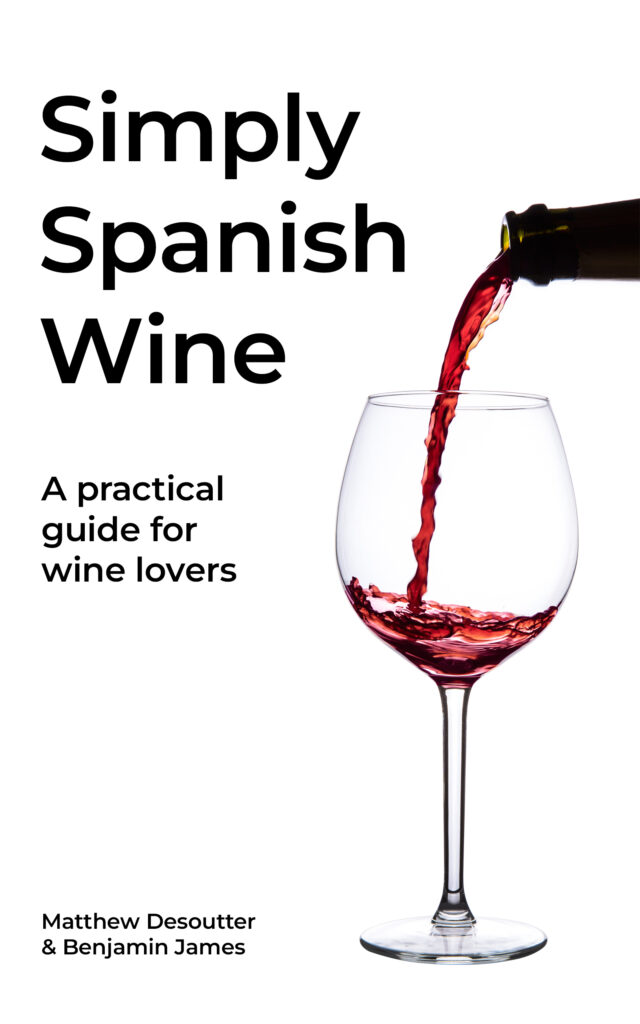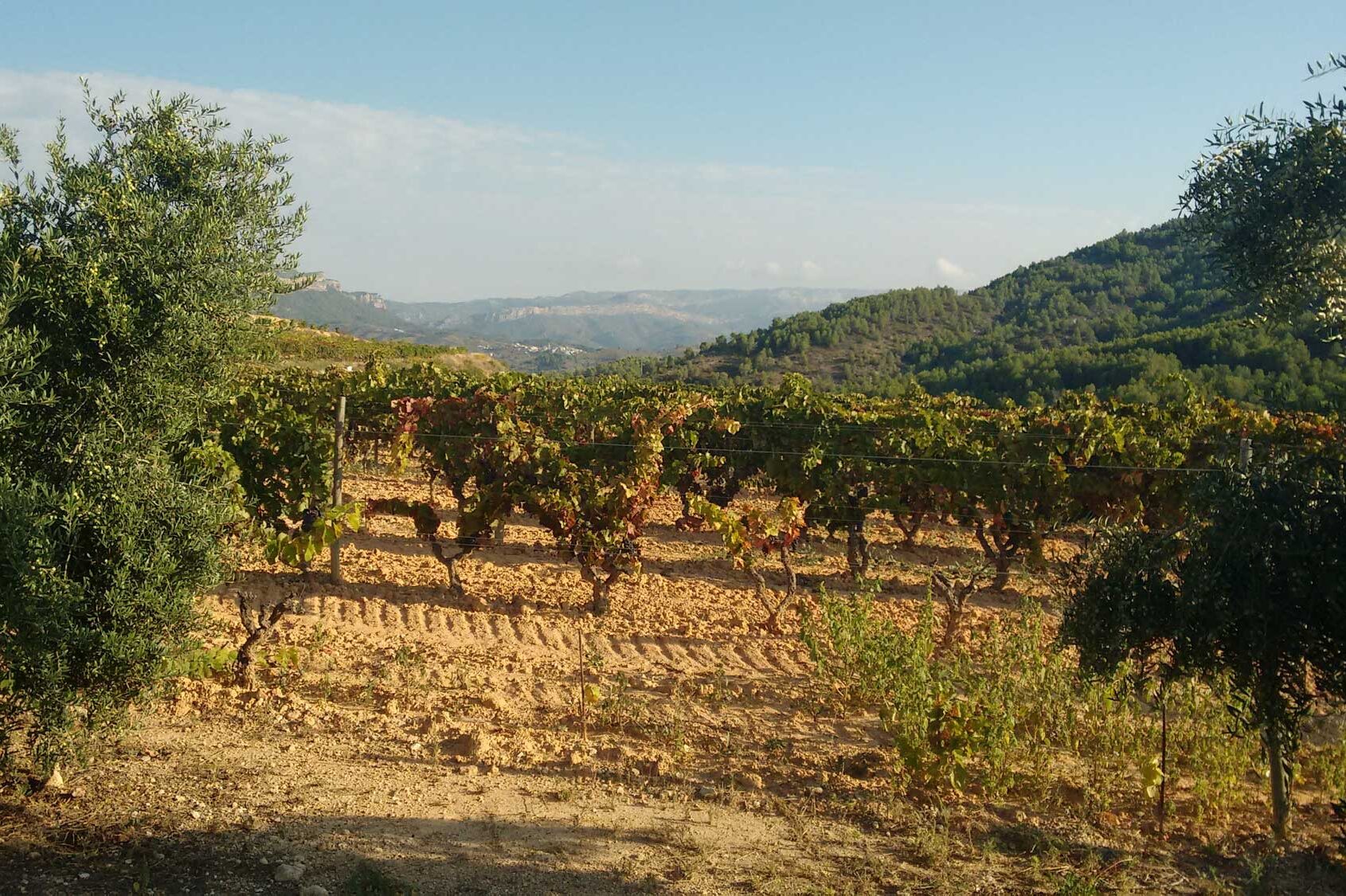Hear the name Catalunya and you’ll probably think of Barcelona. And with it comes visions of tourist hoards traipsing down the Rambla, queueing for the Sagrada Familia, and topping up the tan on the city beach. But this part of Spain has something far more engaging than the region’s capital – wine. Lots of it. And it’s fantastic.
In his excellent book, Comprender el Vino (Understanding Wine, Planeta Gastro/Editorial Planeta 2021), Pedro Ballesteros, one of Spain’s first Masters of Wine or MWs, provides a wonderful introduction to the history and geography of wine in Spain.
And when he comes to Catalunya, Ballesteros simply describes it as a “paradise for the vine”. He’s absolutely right. With mild winters, long, hot summers and quite low rainfall, this is a land where with a bit of skill and common sense, winemakers can achieve quality with all sorts of different grape varieties and different wine styles.
Broad at the top across the Pyrenees and tapering down 400km from the French border to the mouth of the River Ebro at Amposta, Catalunya has about 60,000 hectares of vines. That’s about 5,000 Ha less than Rioja. But it’s spread across 10 Denominaciones de Origen, as well as the all-encompassing DO Catalunya.
The DO Catalunya was established in 2001 as a way to offer smaller wine growing regions an umbrella DO within which to work and to establish a set of quality standards whilst providing the flexibility for independent winemakers to use grapes from outside their immediate location.

Catalunya is also home to the sparkling star of Spanish wine, Cava. As we have explained in our guide to Cava, this is a DO that is actually spread across multiple locations in Spain. But the bulk of Cava is produced right here in Catalunya, and it will forever be its spiritual home.
So, let’s take a whistle stop tour through the winemaking heaven of Catalunya.
Kicking off at the top, we’ve got Empordà, often billed as a mar y montaña or sea and mountain region, sandwiched as it is between the Med and the Pyrenees. Empordà has a winemaking history that dates back to the Greeks and old vines are in abundance (although not stretching back quite that far!)

Carignan (known locally as Samsó) and Garnacha Tinta are the main red varieties, although Tempranillo, Cabernet Sauvignon, Merlot and Syrah are all being introduced. On the white side, Garnacha Blanca and Macabeo represent the bulk of the grapes found here.
This is a relatively low landscape, reaching only as high as 260m above sea level and summers are hot, providing a long growing season. But perhaps the most notable feature of the climate here is the famous Tramontana (literally “from over the mountains”), the gusting northerly wind, that can reach speeds of over 120 km/h and is perfect for aerating the vines and keeping them naturally healthy.
Moving towards the middle of Catalunya we find a vibrant group of lesser-known DOs each with their own personality which are well worth exploring. From little Alella on the coast just north of Barcelona, known for its light white wines, to further inland and the DOs of Pla de Bages, Costers del Segre, or Conca de Barberà with its light, fruity reds made with the local Trepat grape.
Carry on south of Barcelona, and we find ourselves in more familiar territory with Penedès. This DO is home to a large chunk of Spain’s Cava, but it’s also well worth exploring for still wines made from fantastic, native Catalan grapes like Xarel-lo – sometimes called Pansa Blanca locally – which can produce wines with intense aromas and flavors, notably of earthy or herbal character.
Zipping through Tarragona – a region known largely for its white wines and with a strong history of co-operative winemaking – we swing inland and find ourselves in Priorat, which for many remains one of Spain’s stars. The story of how René Barbier, Alvaro Palacios and friends arrived in Priorat at the end of the 1980s and began to revive the small, isolated hillside plots and discover the mineral magic in the llicorella or slate soil is part of Spanish wine folklore.
As well as its famous soil, Priorat is also defined by its mountain viticulture. Like Ribeira Sacra in Galicia, the enchanting mountains, ridges, hillsides and costers (“steep slopes” in the Catalan language) of Priorat make for a pretty tortuous geography. Unsuited to mechanised farming methods, this terrain requires winegrowers to farm small plots often leading to low yields. They also arrange their vineyards in terraces to facilitate access and, in some cases, use traditional methods like horse or donkey to till the land between the vines.

Today Priorat remains a mecca for wine-lovers from all over the world who come for the fresh, vibrant, complex wines made from low-yield Garnacha and Carignan vines. If you want to try some for yourself, check out the Que Sí! wine available in our shop.
Encircling Priorat like the egg white on a fried egg we find Montsant. Like much of Catalunya, Montsant is defined by its mountains, hills, ridges and slopes. Changes of altitude and orientation are the order of the day, and the region can be divided into a series of sub-zones from warmer, lower stretches in the south-west corner as the land falls away down towards the Ebro river – which meanders through the DO en route to the Mediterranean at the Ebro Delta some 70km to the south – and higher, wilder areas such as around La Figuera.
The semi-circle of mountains that surround the DO acts as a barrier to the maritime influences of the Mediterranean and helps maintain a marked difference in temperature between day and night while the grapes are ripening, which helps lock in aromas and boost acidity.
Old vine Garnacha – or Garnatxa as you’ll see it referred to in Catalan – are the dominant grape varieties here, but with all the variations in altitude and soil type you’ll find plenty of different styles, and that continental influence helps ensure wines with plenty of plump, fleshy fruit backed up by welcome juicy acidity. If you fancy sampling an excellent example, try the iTant Garnatxa Negra in our online shop.
We end our tour 50km inland in Terra Alta (literally “high land”). Getting here can be a trek. County capital Gandesa is just 55 km inland from the Mediterranean, but if you’re unlucky enough to get stuck behind a lorry as it clanks its way through the gears on the climb up from Reus, it can feel a lot further.
But whilst it might be out on a limb geographically, Terra Alta is at the heart of Catalunya wine sector. With just over 5,000 hectares of vines, Terra Alta boasts more plantings more than any other DO in Catalunya. Garnacha, especially of the white variety, is king here. At 1,400 hectares, Terra Alta is home to 90% of the Garnacha Blanca planted in Catalunya, or one-third of the global total.
But what sets Terra Alta apart from the competition, is soil. Terra Alta’s trademark panal (fossilized sand dunes) and tapàs (silty soils with clay) make for well-drained soils where the vines are forced to dig deep for water and nutrients. But that effort results in vines of outstanding quality and produces wines that are wonderful representations of the land from which they are born like the excellent Garnatxa Blanca from iTant, an elegant white wine with stone fruit and floral aromas against a light citrus background.
Catalunya truly is a wine-lovers paradise. Whether you are looking for still or sparkling, new or old, traditional or modern, Catalunya wines offer something for everyone. So next time you head to the northeast of Spain, give Gaudi and the Ramblas a miss, jump in a car and head out into wonderful world of Catalan wine country. You won’t regret it.

Enjoyed this content?
Then why not get a copy of Simply Spanish Wine: A Practical Guide for Wine Lovers? Available now on Amzaon US, UK, Spain and more.

